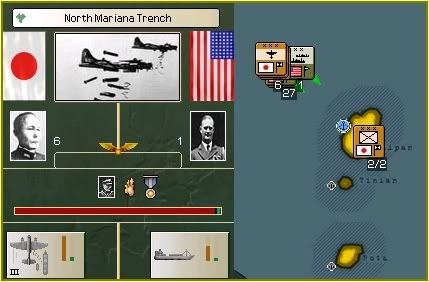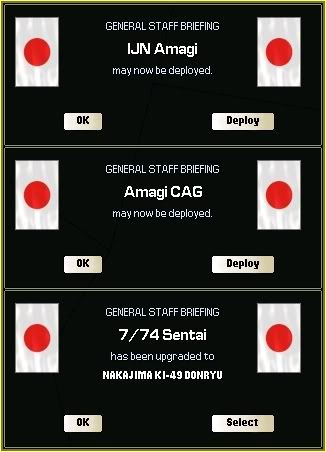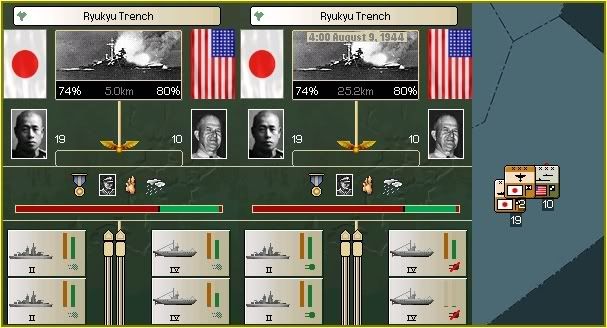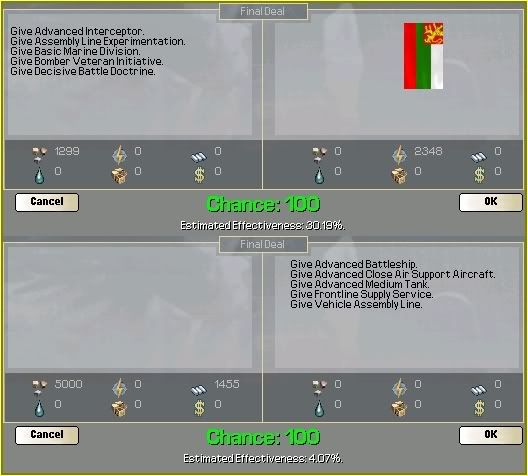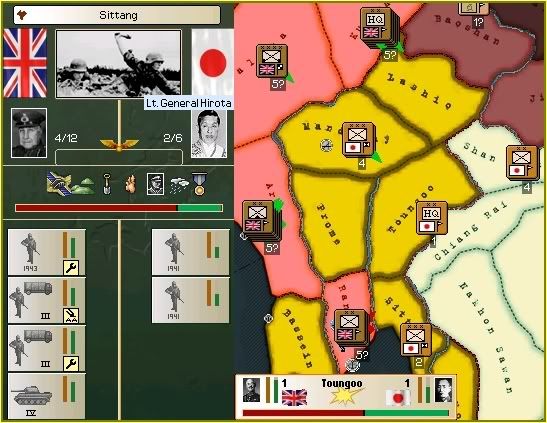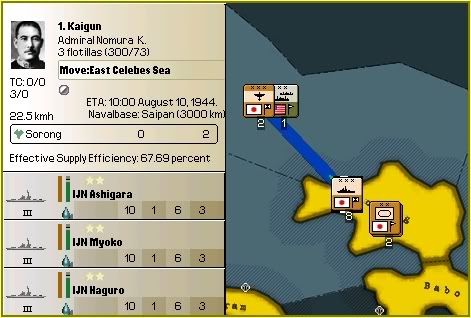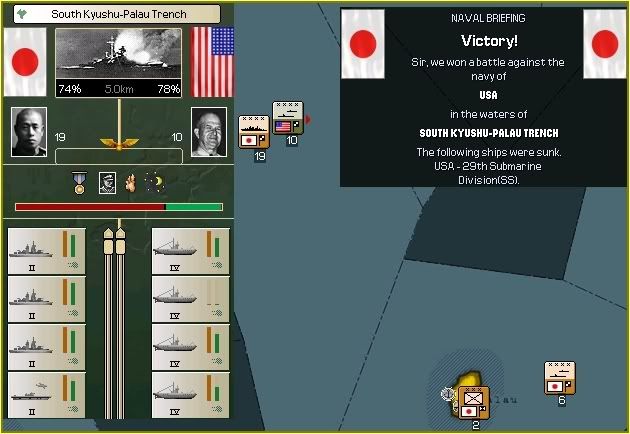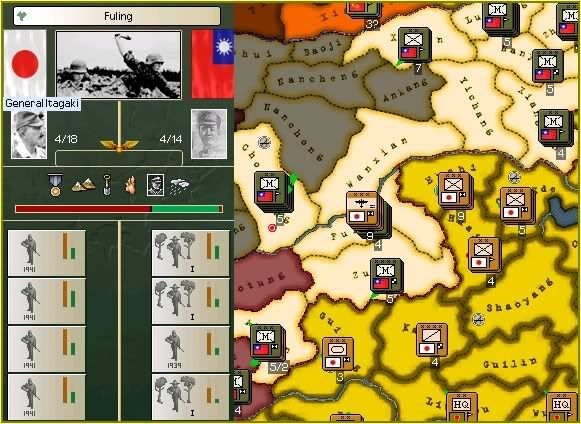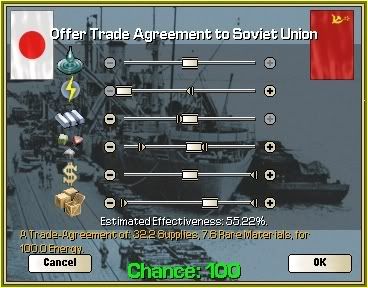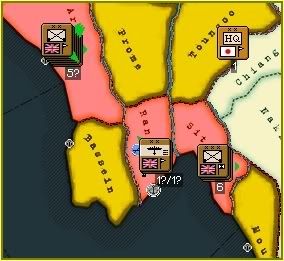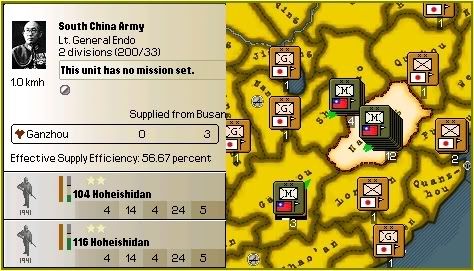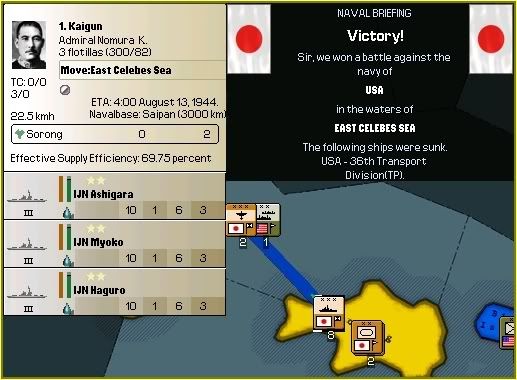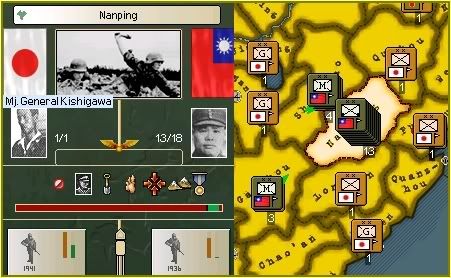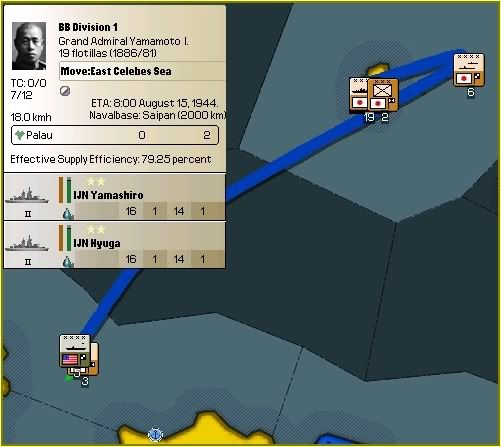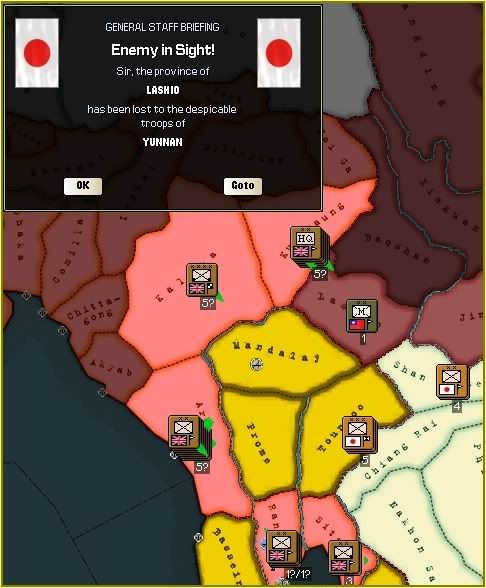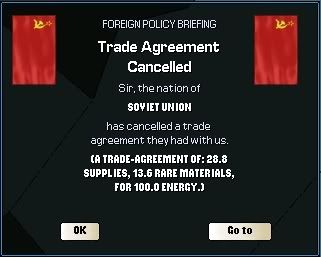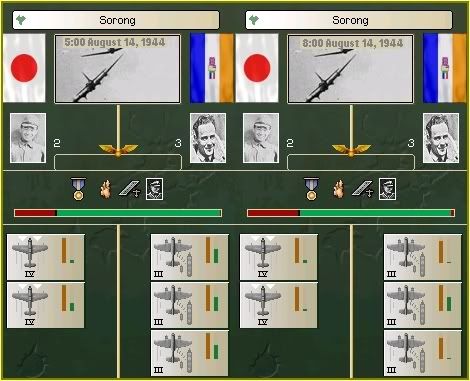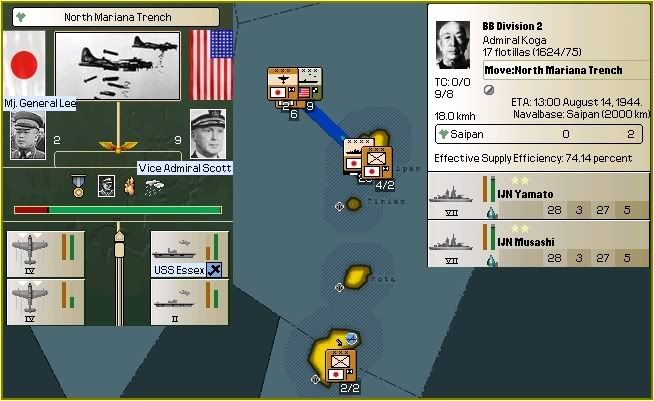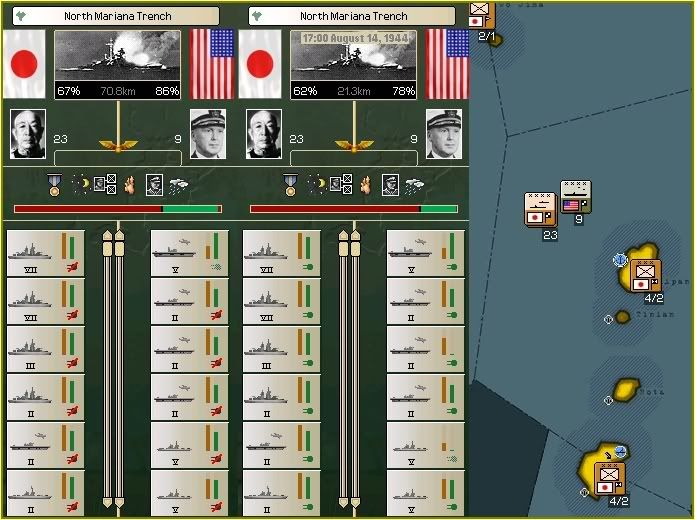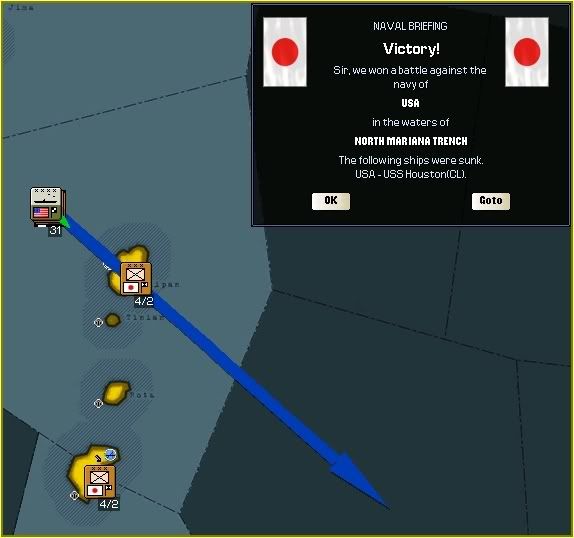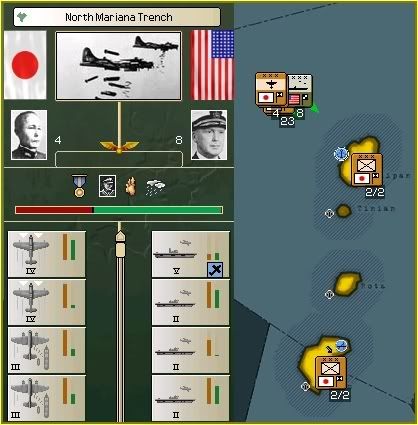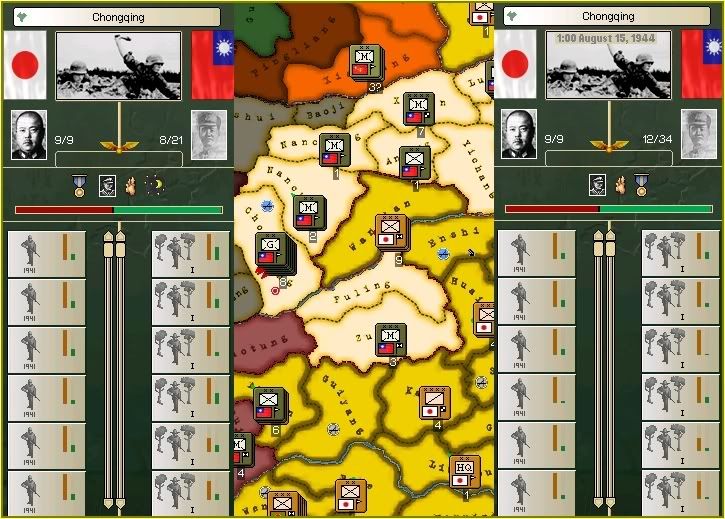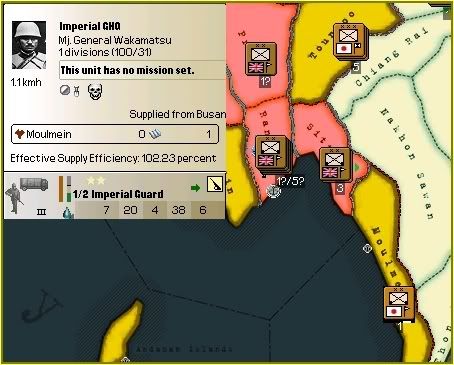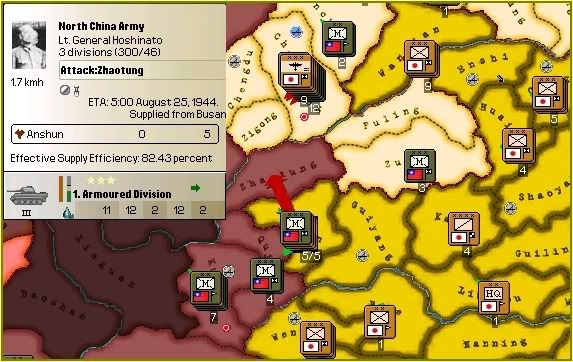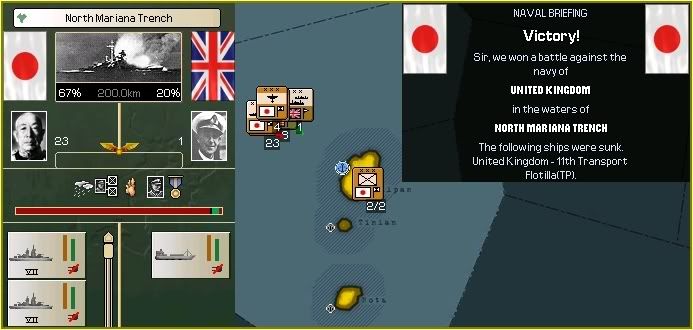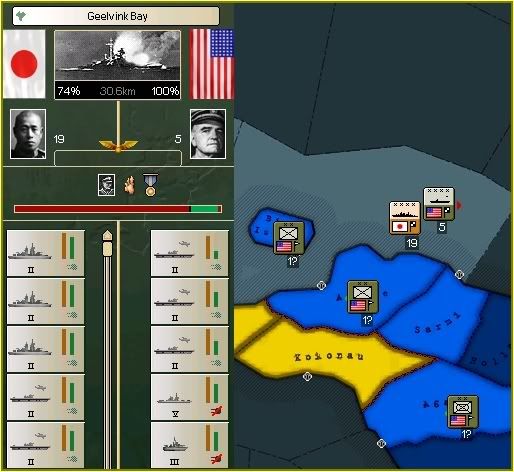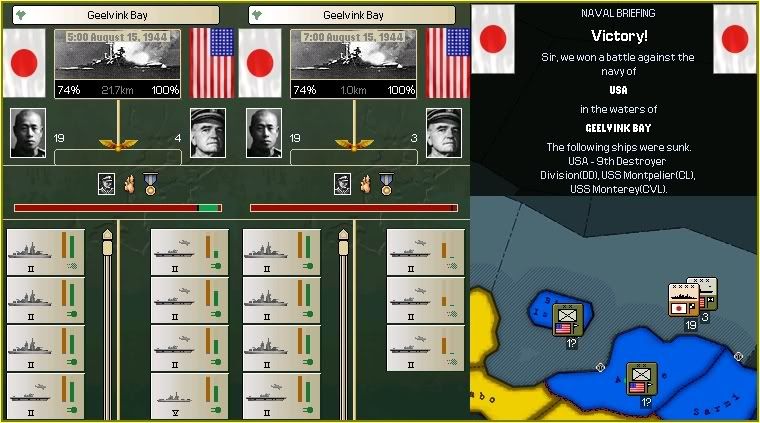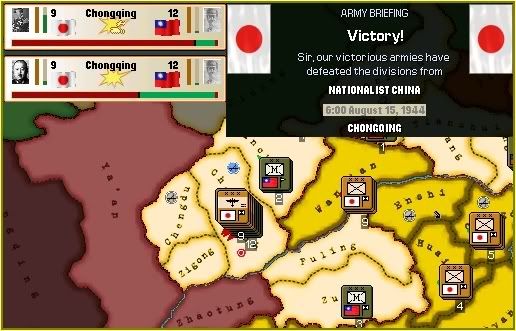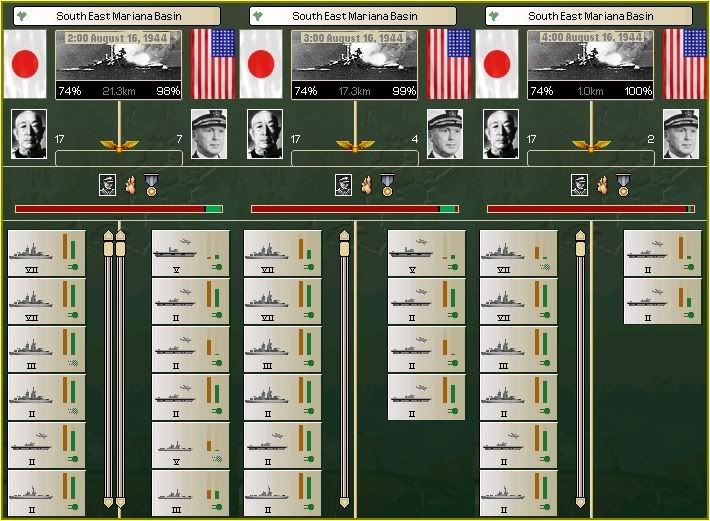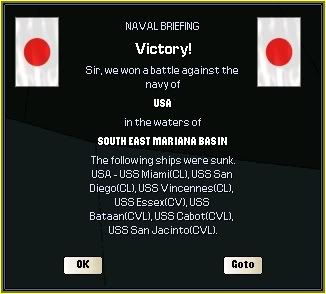Maj. von Mauser - Thank you. Fighting Americans is nt always one sided however, that is reserved for the Chinese.
TimEmm - You are correct. Open negotiation would provide a fairly good gain in stockpile yes. Three reasons I am using standard trade:
1. Not enough raw materials, particularly supplies, stockpiled to trade with.
2. It costs money to negotiate and I need those funds for getting Germany's blueprints.
3. Trading improves relations and is my current only attempt to try and stop the Soviets declaring war on me. Relations through trade improve fairly dramatically when you have multiple trades.
Once I can increase my supply stockpile enough to use it for trade open negotiation for energy would be a lot more viable.
stnylan - They got hurt, I didn't. That is good enough for me right now.
Von Uber, Deus - Thank you. Naval combat is fun most of the time and you don't see too much of it. Most games end long before ships get to sink eachother.
Mangudai - All hands to the pumps, even if they are old and wrinkled
Sokraates, Mangudai, Deus - Thank you. Higashikuni is concerned about the British because he gets paid to be concerned. Advancing along a narrow strip of land against a major sea power is fraught with danger. Something the British will no doubt find out a some point.
As far as time zones go. I know the times of day mostly through experience. The mini map helps a lot but more detailed knowledge comes from actual gameplay in various parts of the World. North America in particular has very strange day/night times compared to real life. The ground unit trick is also helpful
Update to follow ...
TimEmm - You are correct. Open negotiation would provide a fairly good gain in stockpile yes. Three reasons I am using standard trade:
1. Not enough raw materials, particularly supplies, stockpiled to trade with.
2. It costs money to negotiate and I need those funds for getting Germany's blueprints.
3. Trading improves relations and is my current only attempt to try and stop the Soviets declaring war on me. Relations through trade improve fairly dramatically when you have multiple trades.
Once I can increase my supply stockpile enough to use it for trade open negotiation for energy would be a lot more viable.
stnylan - They got hurt, I didn't. That is good enough for me right now.
Von Uber, Deus - Thank you. Naval combat is fun most of the time and you don't see too much of it. Most games end long before ships get to sink eachother.
Mangudai - All hands to the pumps, even if they are old and wrinkled
Sokraates, Mangudai, Deus - Thank you. Higashikuni is concerned about the British because he gets paid to be concerned. Advancing along a narrow strip of land against a major sea power is fraught with danger. Something the British will no doubt find out a some point.
As far as time zones go. I know the times of day mostly through experience. The mini map helps a lot but more detailed knowledge comes from actual gameplay in various parts of the World. North America in particular has very strange day/night times compared to real life. The ground unit trick is also helpful
Update to follow ...



